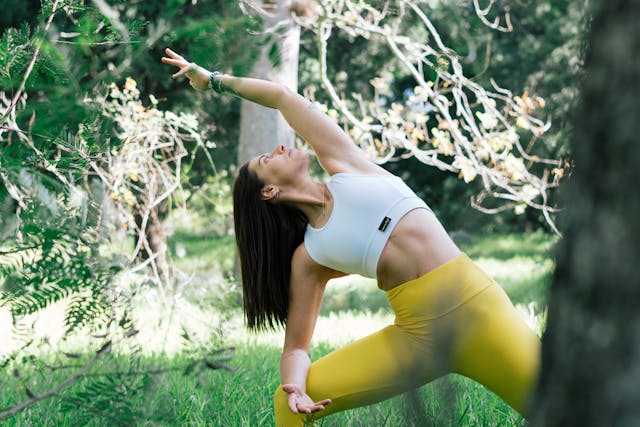
When you’re in the weight room, we often focus on the aesthetics. How do my muscles look? How much did I lift? Let’s take a mirror selfie for social media. Let’s talk about training the mind with the body.
What Are You Really Training?
One thing we don’t think of is what we are learning and training the mind to work with the body to not only perform, but perform better. This is why the utilisation of RPE (Rate of Perceived Exertion), and neuromuscular adaptation can aid you in your fitness, and/or athletic performance. This teaches the mind to communicate with your body. forces you to move correctly. It also teaches you to push yourself within a prescribed scale.
Training the Mind to Measure Effort
RPE: Rate of Perceived Exertion is a great tool for teens, beginners, and Olympic lifters. What this tool does is force the lifter to assess how difficult a lift was on a specific scale. This eliminates the forced prescription of a percentage where if it says lift at 75%, you are stuck at 75% based on your 1RM (1 Rep Max).
RPE gives you the ability to assess how you feel, how your lifts are, and either push yourself if you are feeling really good, or if things aren’t moving the way they should that day, drop the weight and be successful for the day.
What RPE does is creates the necessity to have the brain and the body communicate with each other through the sending and receiving of messages from our neurotransmitters. This, in turn, allows the ability to better understand and better feel the body and motivates the lifter to push through rather than being tied down to the percentage.
Neuromuscular Adaptation: Forcing Growth Through Discomfort
Combine RPE with neuromuscular adaptation based training. And we can enhance the mind-muscle connection even further. Neuromuscular adaptation refers to the changes in the nervous system and muscles in response to consistent exercise or physical training, enhancing strength and coordination. These changes improve not only technique in the weight room, but on the field/court as well. Programming for neuromuscular adaptations requires a coach to understand that the body wants to remain comfortable.
By changing the stimulus daily/weekly, it forces the mind into an uncomfortable state. It requires the body to work and build to resist the stimulus of exercise. This makes the body adjust and recover in a way to combat the stress from exercise so if we can continue to adjust the stimulus, we can continue to keep the body adapting. Without this adjustment, the body and mind plateaus. This is why athletes should combine resistance training with ballistic work. Olympic lifters should do heavy singles as well as technique and general strength.
How to Keep the Body Adapting
How do we train for neuromuscular adaptations? We can adjust it on a daily basis. On a three day split, this may look like low volume-high intensity on Monday, low volume-high intensity on Tuesday, high volume-high intensity ballistic work on Thursday. You could also add plyometric days, another ballistic day. Or an Olympic-based day to the week if you want four or five days in this microcycle
So, in the mesocycle of the program, we can increase the difficulty of the movements. Or increase the intensity to continue to change the stimulus. If you do a leg press in the first phase, move to a front or back squat in the next phase of training.
If you did RPE 8, move up to RPE 9. These subtle adjustments will keep the body adapting. As well as tricking the mind to adapt to the new stimulus. These both allow the athlete to continue to see growth. And also build better kinesthetics awareness in the weight room, and in competition.
NORTH STAR BARBELL CLUB



